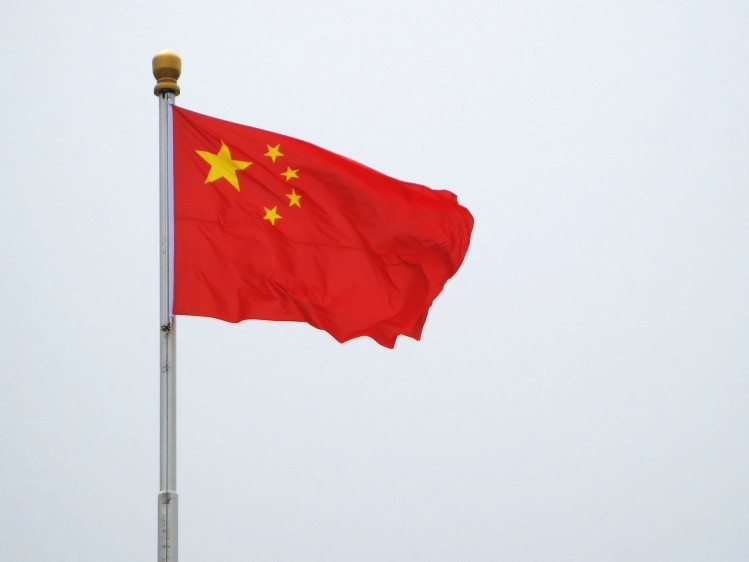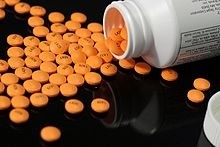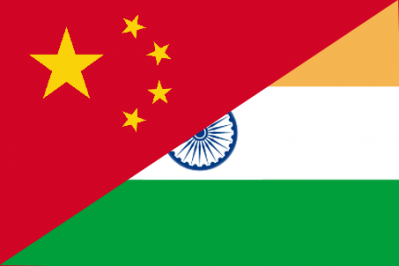Dispatches from Excipient Fest in Baltimore
China Looks to Tighten Excipient Regulations with Limited Resources

Following the widely-covered chromium capsule contamination in China last April, the country’s top pharmaceutical regulators established GMP requirements, which went into effect in February. The requirements in some ways are more rigorous than those prescribed by IPEC (International Pharmaceutical Excipients Council) but there are still loopholes for some excipient exporters to the US and Europe.
China’s SFDA, now known as the CFDA (China Food and Drug Administration), created a new licensing system for higher risk excipients based on toxicity and dosage data, Dr. Sun Huimin of China’s National Institute of Food and Drug Control told attendees Tuesday at IPEC-Americas’ Excipient Fest in Baltimore.
But the CFDA’s top priority is still pharmaceutical manufacturers, Meredith Ge, current chair of IPEC China, told attendees on Wednesday. She noted that although the CFDA has the authority to inspect manufacturers of high-risk excipients, which also now must be registered and licensed, the agency has only limited resources for such inspections. The agency is encouraging third-party audits and an increasing amount of self-discipline, she said.
One of the major differences between the IPEC and CFDA guidelines is the requirement in China that excipient manufacturers have clean rooms to prevent cross contamination. Some excipient manufacturers in China, however, do not have such facilities and are challenging the CFDA, but the regulators do not necessarily have enough resources to ensure compliance with this new requirement, Ge said.
Another major difference is the Chinese GMP guide has specific requirements for validation, non-sterile excipients used in sterile drugs and it allows Chinese manufacturers to decide on their GMP starting point without including details of a risk assessment or a risk-based approach, Ge said.
DMF System
The agency also called for the creation of a DMF (drug master files) system modelled on one employed in the US, as well as a database to track excipients, Huimin said.
But Ge said that system has yet to be fully implemented as the requirements for how companies will submit information to it has yet to be finalized.
The DMFs, which will need to be updated annually, were established by the SFDA, and don’t just cover excipients but raw materials, packaging containers and chemical intermediates as well, Hiumin noted.
GMP regulations governing excipients in China, which were first published by the SFDA in August 2012, also introduced the concept of excipient batches, he added. In January, the agency laid out the specific requirements for the quality control of raw material sources and excipients associated with injectables, he noted.
GMP certificates and product licenses were previously issued to both the pharmaceutical manufacturer using the excipient and the excipient maker, but now those certificates and licenses are only issued to the pharmaceutical manufacturers, Hiumin said.
China’s Center for Drug Evaluation is responsible for the maintenance, operation and use of the DMFs, Hiumin explained.
China Pharmacopeia
The change, which is intended to expedite the processing of issuing the licenses and certificates, comes as the CP (China Pharmacopeia) expects there to be more than 300 monographs of excipients in its 2015 edition, which would be about three times as many as there were in the 2010 edition.
Last week, the CP also published its most recent monographs, which include 11 excipients. Stakeholders have one month to comment on them and IPEC is currently in the process of translating them into English if member companies would like to weigh in, Ge said.












